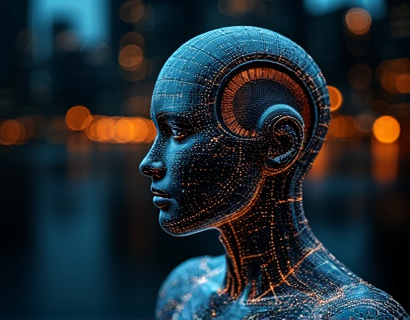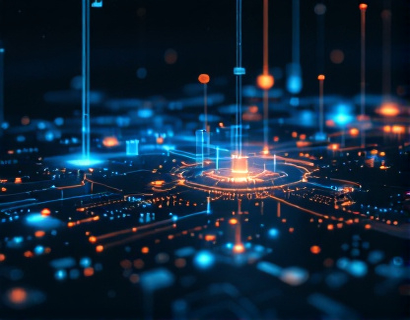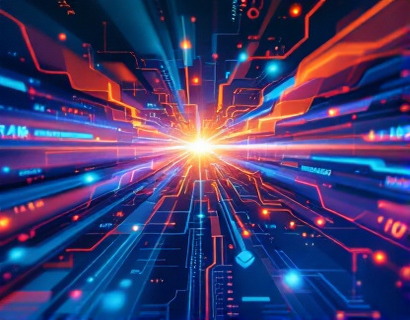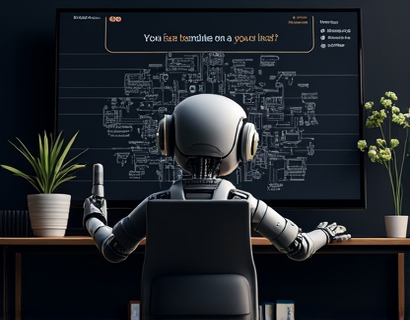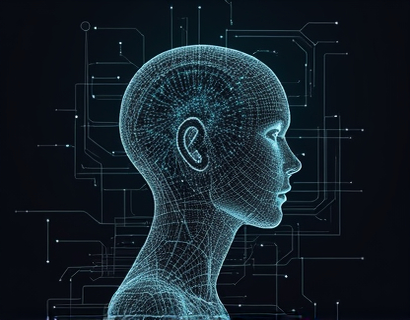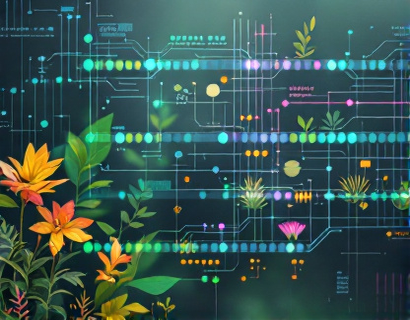AI-Powered Translation Technology: Elevating Global Communication for Businesses and Individuals
In an increasingly interconnected world, the ability to communicate across languages is more crucial than ever. Businesses and individuals alike are seeking effective solutions to bridge language gaps and foster meaningful interactions. AI-powered translation technology has emerged as a game-changer, providing advanced tools that enhance communication and break down language barriers. This article explores the significance of AI-driven translation solutions, their benefits, and how they are transforming global communication.
The Rise of AI in Translation
Artificial Intelligence (AI) has revolutionized various industries, and translation is no exception. Traditional translation methods often relied on human translators, which, while accurate, could be time-consuming and costly. With the advent of AI, translation technology has evolved to offer faster, more efficient, and cost-effective solutions. AI algorithms can analyze vast amounts of data, learning from context and usage patterns to provide translations that are not only accurate but also contextually relevant.
Understanding AI-Powered Translation Tools
AI-powered translation tools utilize machine learning, natural language processing (NLP), and neural networks to deliver high-quality translations. These technologies enable the software to understand the nuances of language, including idioms, slang, and cultural references. As a result, users can expect translations that are not only grammatically correct but also culturally appropriate.
Key Features of AI Translation Tools
- Speed: AI translation tools can process and translate text in real-time, allowing for immediate communication across languages.
- Accuracy: Advanced algorithms ensure that translations are precise, reducing the likelihood of misunderstandings.
- Contextual Understanding: AI tools can grasp the context of a conversation, leading to more relevant translations.
- Scalability: Businesses can easily scale their translation needs without the limitations of human resources.
- Cost-Effectiveness: Reducing the need for human translators can significantly lower translation costs.
Benefits for Businesses
For businesses operating in a global marketplace, effective communication is essential. AI-powered translation technology offers numerous benefits that can enhance business operations and customer interactions.
1. Enhanced Customer Experience
Providing multilingual support can significantly improve customer satisfaction. AI translation tools enable businesses to communicate with customers in their preferred language, making interactions more personal and effective. This not only fosters loyalty but also expands the customer base.
2. Streamlined Operations
AI translation tools can automate various processes, such as translating marketing materials, product descriptions, and customer support inquiries. This streamlining allows businesses to focus on core activities while ensuring that communication remains clear and effective.
3. Global Reach
With AI-powered translation, businesses can easily enter new markets without the fear of language barriers. This technology allows for the localization of content, ensuring that marketing messages resonate with local audiences.
4. Improved Collaboration
In multinational companies, collaboration among teams from different countries is vital. AI translation tools facilitate seamless communication, enabling teams to work together more effectively, regardless of their language backgrounds.
Benefits for Individuals
AI-powered translation technology is not just beneficial for businesses; individuals also stand to gain significantly from these advancements.
1. Travel and Exploration
For travelers, AI translation tools can enhance the experience by breaking down language barriers. Whether it’s navigating a foreign city or ordering food at a local restaurant, these tools provide instant translations, making travel more enjoyable and less stressful.
2. Education and Learning
Students and language learners can leverage AI translation tools to aid their studies. These tools can help with understanding complex texts, translating academic materials, and even practicing language skills through interactive features.
3. Social Connections
In a globalized world, making friends and connections across cultures is more common. AI translation technology allows individuals to communicate with people from different linguistic backgrounds, fostering friendships and cultural exchange.
Challenges and Considerations
While AI-powered translation technology offers numerous advantages, it is essential to acknowledge the challenges and limitations that come with it.
1. Nuances of Language
Despite advancements, AI translation tools may still struggle with certain nuances, idiomatic expressions, and cultural references. Users should be aware that while AI can provide accurate translations, it may not always capture the full meaning or sentiment behind a phrase.
2. Dependence on Technology
As businesses and individuals increasingly rely on AI translation tools, there is a risk of becoming overly dependent on technology. It is crucial to maintain a balance and recognize the value of human translators, especially for sensitive or complex communications.
3. Data Privacy
Using AI translation tools often involves sharing sensitive information. Users must ensure that the tools they choose prioritize data privacy and security to protect their information from potential breaches.
The Future of AI-Powered Translation
The future of AI-powered translation technology looks promising, with continuous advancements on the horizon. As machine learning algorithms become more sophisticated, we can expect even greater accuracy and contextual understanding in translations.
1. Integration with Other Technologies
AI translation tools are likely to integrate with other technologies, such as augmented reality (AR) and virtual reality (VR). This integration could lead to immersive experiences where users can interact with translated content in real-time, enhancing communication further.
2. Personalization
Future AI translation tools may offer personalized experiences, adapting to individual users' preferences and communication styles. This level of customization could lead to even more effective translations tailored to specific audiences.
3. Continuous Learning
As AI systems continue to learn from user interactions, the quality of translations will improve over time. This continuous learning process will ensure that AI translation tools remain relevant and effective in an ever-changing linguistic landscape.
Conclusion
AI-powered translation technology is transforming the way businesses and individuals communicate across languages. By breaking down language barriers, these advanced tools enhance global interactions, foster collaboration, and improve customer experiences. While challenges remain, the benefits of AI translation technology are undeniable. As we move forward, embracing these innovations will be essential for anyone looking to thrive in a globalized world. The future of communication is here, and it is powered by AI.




